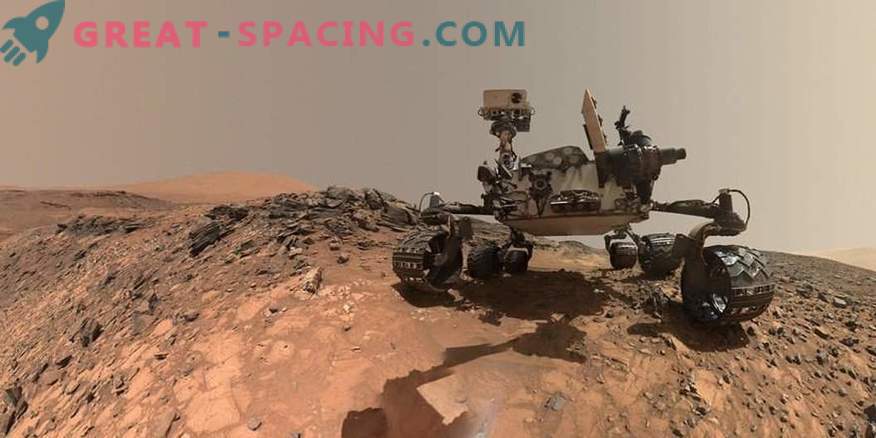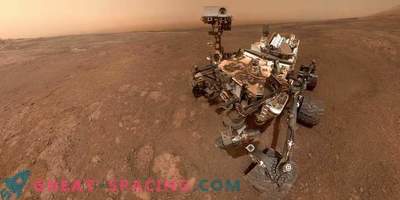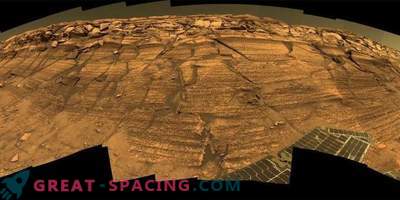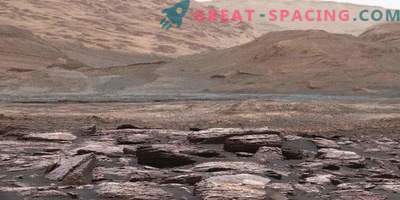
NASA's Curiosity Rover spent more than a year studying the Martian ridge of the Faith Rubin and is now moving on. But in the new 360-degree video you can find yourself in the last drilling area on the ridge near the “Rock Hall”.
Videos created from the panorama obtained by the rover on December 19. Here are also pictures of the next destination - the clay territory “Glen Torridon” and the bottom of Gale crater. Although the rover left the ridge, the team continues to study the history of its formation.

The Mastcam panorama of the Curiosity Mars rover was obtained on December 19, 2018. You can consider the place of work of the rover on the ridge of the Faith Rubin, as well as the clay region, which seeks to explore
It was possible to get a lot of information, but so far no one precisely explains why the mountain ridge obstinately resisted erosion compared with the bedrock around it. But the researchers were able to find out that the rocks of the ridge, which appeared in the form of sediment, are located in an ancient lake.
Previously, the orbiter recorded a strong signal from hematite - an iron-rich material, often formed in water conditions. Curiosity confirmed the presence of hematite, as well as other signs of ancient water, like crystals.
The signs appeared stained, hinting that over time the groundwater impacted certain parts of the ridge differently than others. In addition, it turned out that the hematite signatures marked by Curiosity did not always coincide with the view from space.
It was difficult to move along the ridge due to the presence of hard stones. But the team managed to get samples from three types of mountain range. To cope with the problem of the memory block, engineers changed the computers of the rover (he has two of them). The problem is still not gone away, but it does not interfere with the execution of the planned operations.
The new location of the rover (Glen Torridon) is located between the ridge of Vera Rubin and the rest of Mount Eolid. This is a clayey region, as the data of orbiters show the presence of phyllosilicates - clay minerals that form in the water and reveal the ancient history of lakes.
Such minerals not only indicate a previously moist environment, but also retain and retain organic molecules. Therefore, scientists are interested in exploring the area. Rover Curiosity was able to find clay minerals and organic molecules (the building blocks of life) in many rocks while drilling since landing in 2012. There is a high probability that the presence of clay will become another fact in the piggy bank of the concept of habitable environment of ancient Mars.











































